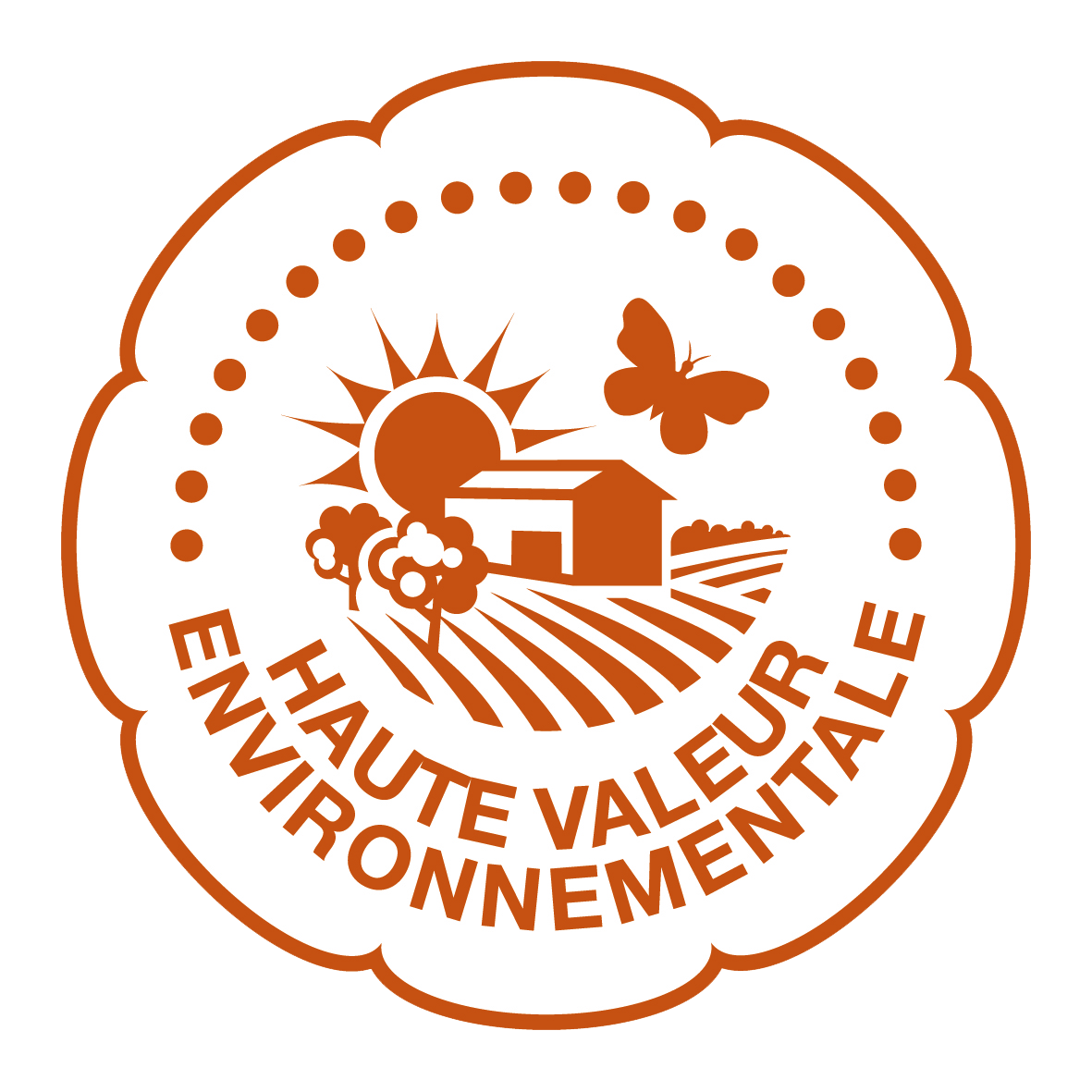Our Vinification
Château Puy-Razac
Every autumn, the harvest is a crucial step. It puts an end to the cycle of work carried out in the vineyards for almost a year. It kicks off the winemaking process at Château Puy-Razac: for more than 18 months, we will focus our attention on the grape juice, then the wine. Our mission: make the most of the quality of the harvested fruit and proudly wear the colors of our winery.
Respecting the grapes, our guiding principle
Guided by the same philosophy, we continue in the vat cellar all the work done in the vineyard: respect for the product and the terroir.
As soon as the grapes are picked, they are carefully sorted. They are then completely destemmed before being placed in our vats.
Each of our vats was designed by my grandfather to accommodate separately the harvest of the different plots composing our vineyard. This parcel-based vinification allows us to produce wines with different and complementary characteristics. The final blending, taking into account these specificities, will lead to a balanced wine.
From fermentation to fermentation… grapes turn into wine!
This fermentation turns the sugar from the grapes into alcohol. It is made by the natural yeasts present on the grape skin, but also in the air. Its evolution is monitored on a day-to-day basis: we keep an eye on the temperature (between 25 and 30 °C), carry out laboratory analysis as well as tastings with our oenologist to maintain a balanced process. After three to four weeks, all the sugar has been transformed: the alcoholic fermentation ends.
The juice is then drained from the vats while the solid parts of the grapes (skin, seeds, etc.) are pressed in my grandfather’s vertical wooden press. The additional tannins are thus slowly and gently extracted.
Malolactic fermentation will now take over, transforming malic acid into lactic acid.

Barrel ageing for a balanced Saint-Emilion
After two to three weeks of fermentation, again monitored by analysis and tastings, the wine is ready to rest: this is the ageing or maturation period. Part of the wine is aged in vats, the rest in barrels.
At last, the final blending will make what we call the “cuvée”, unique to each vintage.
